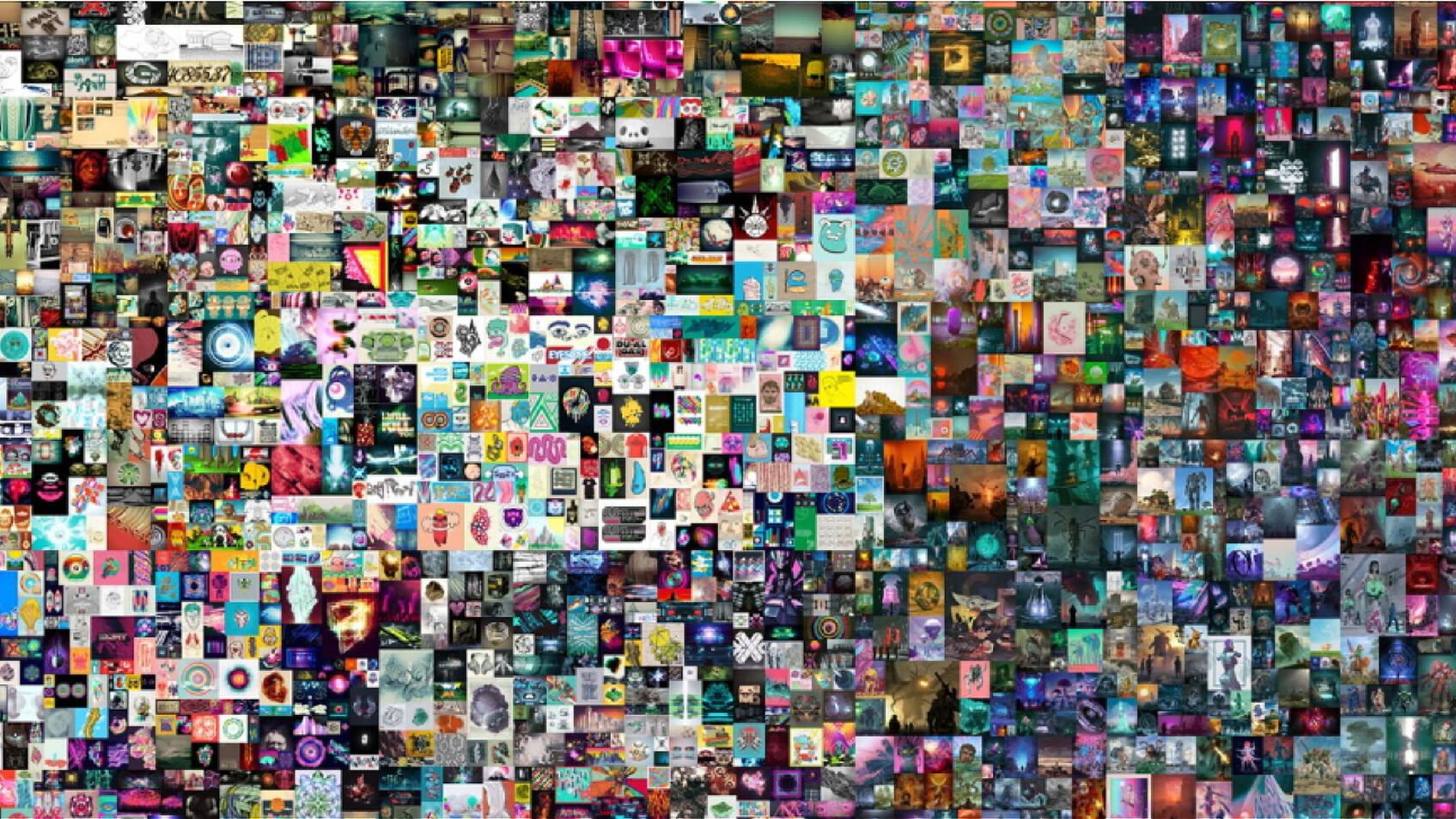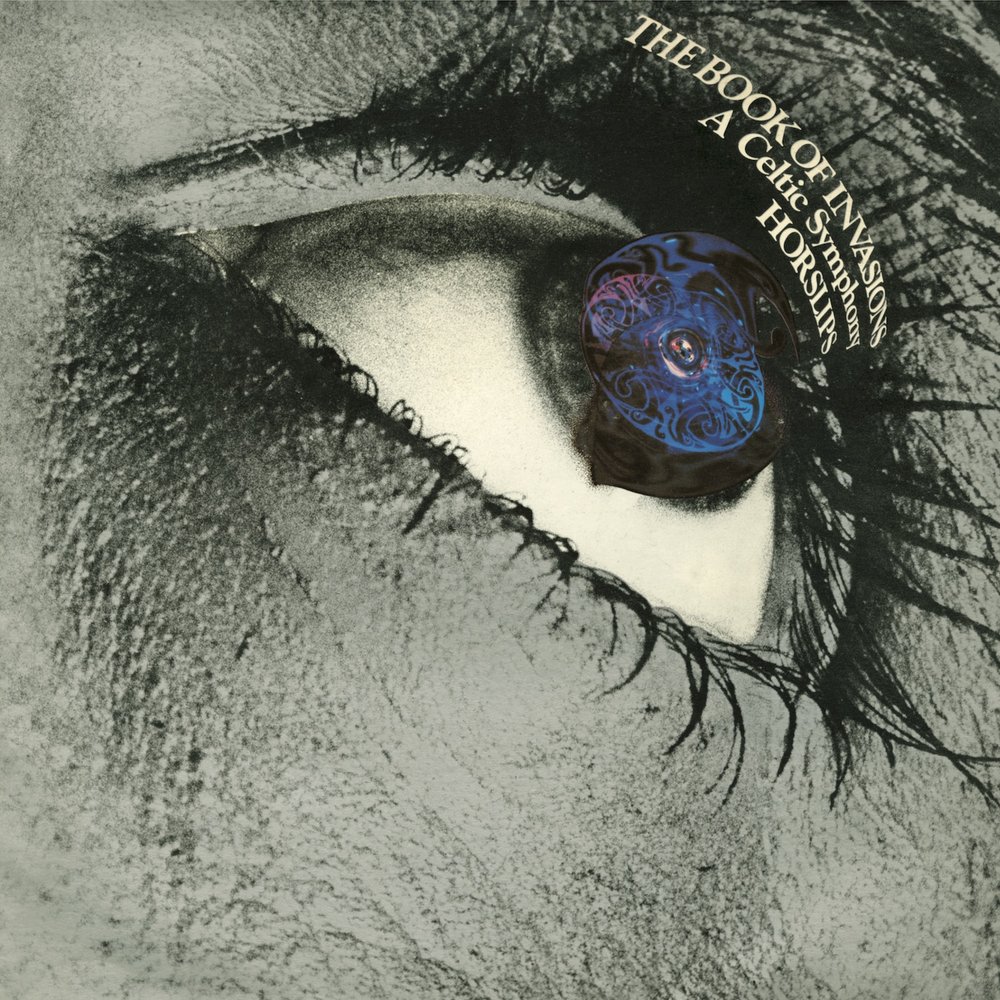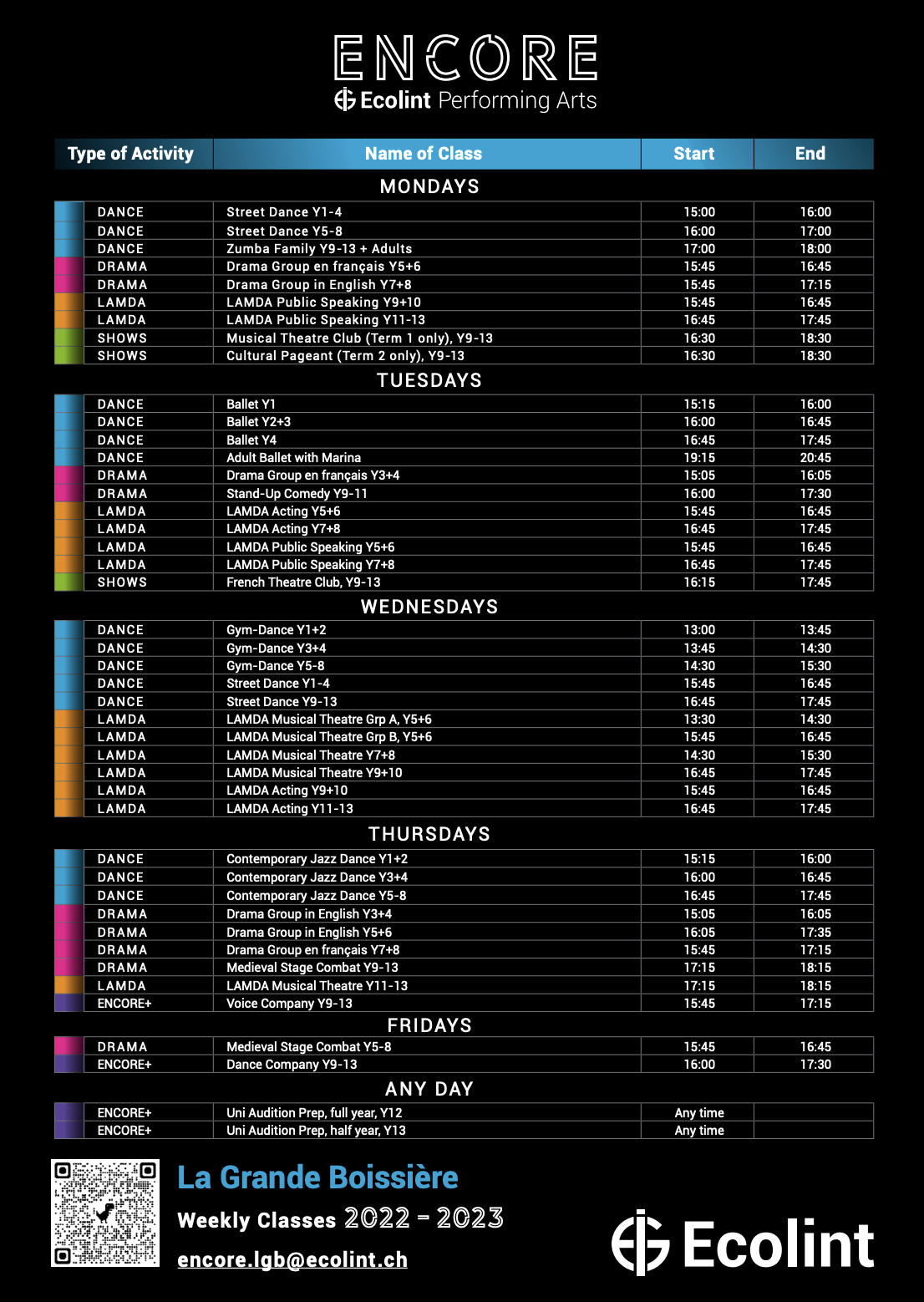By Jason Kanaginis, Year 12
The art world has been revolutionized by the emergence of NFTs (Non-Fungible Tokens), which are unique digital assets that represent ownership of digital art, music, videos, and other creative content. Each NFT is unique and cannot be replicated, making it a valuable asset for collectors. In the context of art, NFTs provide a way for artists to sell their digital creations as one-of-a-kind pieces, rather than as infinitely reproducible digital files. This has opened up new possibilities for artists to monetize their work and connect directly with collectors, without the need for intermediaries such as galleries or auction houses.
One of the most talked-about examples of NFTs selling for high prices was the digital artwork “Everydays: The First 5000 Days” by the artist Beeple, which sold for a staggering $69.3 million at a Christie’s auction in March 2021. The artwork is a digital collage of 5,000 images that Beeple created every day for over 13 years. The sale of this NFT marked a historic moment in the art world, as it was the first time that a purely digital artwork had been sold at a major auction house. Another artist who has successfully gone digital is Trevor Jones, who has created several NFTs that have sold for millions of dollars. His artwork “The Bitcoin Angel” sold for $3.5 million in February 2021, while his “Picasso’s Bull” sold for $55,555.55 in the same month.
It is very probable that the future of art is digital, with NFTs opening up new opportunities for artists to create and monetize their work. The ability to create and sell unique digital assets means that artists can bypass the traditional art market and connect directly with collectors, which is particularly appealing for emerging artists. NFTs also provide a way for artists to ensure that they are compensated for their work, as they can receive a percentage of the sales every time their NFT is sold in the future.
However, there are also concerns about the impact that NFTs could have on the environment, as the process of creating and selling NFTs requires a significant amount of energy. This has led some artists to seek out more eco-friendly ways of creating and selling digital art, such as using blockchain technology that is powered by renewable energy.
Despite these concerns, the rise of NFTs and digital art is undoubtedly transforming the art world. As more artists embrace the possibilities of digital art and NFTs, we can expect to see new and innovative forms of art emerge, as well as new ways for artists to monetize their work.



